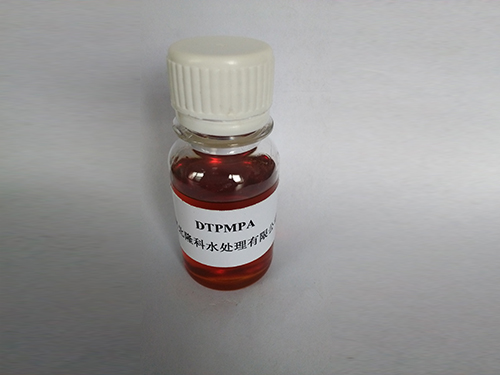Properties and Applications of Polyaluminium Chloride Solutions in Water Treatment
Understanding Polyaluminium Chloride Solution Composition, Applications, and Benefits
Polyaluminium chloride (PAC) is a widely utilized chemical compound known for its effectiveness in water treatment processes. As a coagulant, PAC plays a crucial role in purifying water by removing suspended solids and reducing turbidity. This article delves into the composition, applications, and benefits of polyaluminium chloride solution, highlighting its significance in various industries.
Composition of Polyaluminium Chloride Solution
Polyaluminium chloride is an aluminum-based coagulant that consists of a variety of complex aluminum species, typically produced by the reaction of aluminum oxide or aluminum hydroxide with hydrochloric acid. The resulting solution contains a mixture of Al(OH)₃ and aluminum chloride (AlCl₃), which contributes to its coagulant properties. PAC is usually available in different forms, such as liquid and powder, with varying levels of aluminum content depending on the specific production method.
The molecular formula of PAC can vary, leading to differing degrees of polymerization and alkalinity. This variability allows for customization in its application depending on the specific requirements of a water treatment process. The effectiveness of PAC as a coagulant is largely attributed to its ability to interact with negatively charged particles in water, facilitating agglomeration and sedimentation.
Applications of Polyaluminium Chloride Solution
1. Water Treatment The most prevalent use of PAC is in municipal and industrial water treatment facilities. It is effective in treating drinking water, wastewater, and process water by facilitating the removal of impurities, including bacteria, viruses, and organic matter. Its high sedimentation rates enable faster water clarification.
2. Paper and Pulp Industry PAC is employed in the paper production process for its ability to enhance drainage and improve retention of fibers and filler materials. This contributes to better paper quality while reducing environmental impact through effective waste management.
3. Textile Industry In textile manufacturing, PAC serves as a coagulating agent in dyeing processes. It helps to fix dyes onto fabrics, thereby improving color fastness while minimizing water pollution from dye effluents.
4. Food Industry PAC finds application in food processing, particularly in the clarification of fruit juices, oils, and other beverages. Its safe use in food applications is regulated, ensuring that it meets safety standards for consumption.
polyaluminium chloride solution

5. Construction In construction, PAC is utilized as a soil stabilizer and a water-reducing agent in cement. It aids in preventing the segregation of materials and enhances the overall strength and durability of concrete.
Benefits of Using Polyaluminium Chloride Solution
1. Efficiency PAC is known for its efficiency in removing impurities compared to other conventional coagulants, such as aluminum sulfate. Its faster settling rates decrease the overall time and cost associated with water treatment processes.
2. Wide Range of pH Compatibility PAC operates effectively across a wide range of pH levels, making it suitable for diverse water sources with varying characteristics. This versatility is vital in treating water from different sources, such as rivers, lakes, and industrial effluents.
3. Reduced Sludge Production One of the significant advantages of using PAC is its ability to produce less sludge compared to traditional coagulants. This minimizes disposal issues and lowers the costs associated with sludge management.
4. Safety and Environmental Considerations PAC is considered safer and more environmentally friendly compared to some traditional chemicals. It is less toxic and poses fewer health risks, making it a preferred choice in many applications.
5. Cost-Effectiveness Although the initial costs may be higher, the overall efficiency and reduced operational costs in water treatment make PAC a cost-effective solution in the long run.
Conclusion
Polyaluminium chloride solution is an invaluable tool in modern water treatment and various industrial applications. Its efficiency, versatility, and environmental benefits have made it a preferred coagulant in numerous sectors. As the demand for clean water and sustainable industrial practices continues to grow, the role of PAC in meeting these needs will undoubtedly expand, further cementing its significance in the global chemical landscape.
-
Water Treatment with Flocculant Water TreatmentNewsJun.12,2025
-
Polymaleic AnhydrideNewsJun.12,2025
-
Polyaspartic AcidNewsJun.12,2025
-
Enhance Industrial Processes with IsothiazolinonesNewsJun.12,2025
-
Enhance Industrial Processes with PBTCA SolutionsNewsJun.12,2025
-
Dodecyldimethylbenzylammonium Chloride SolutionsNewsJun.12,2025





